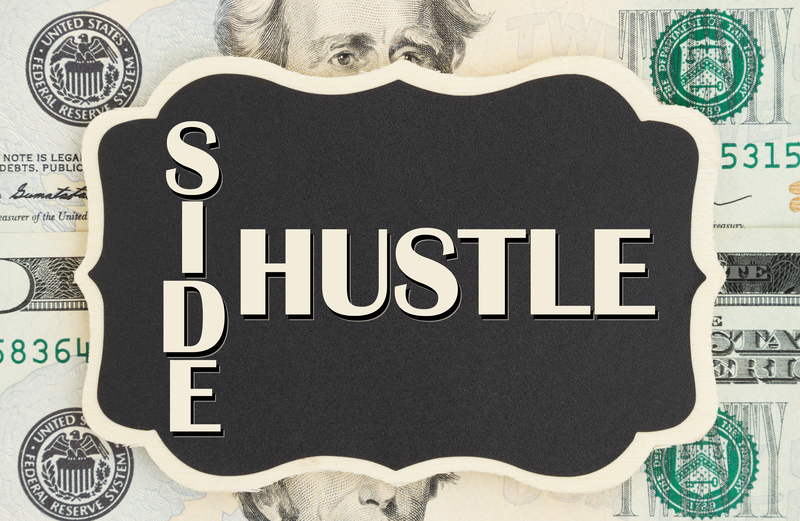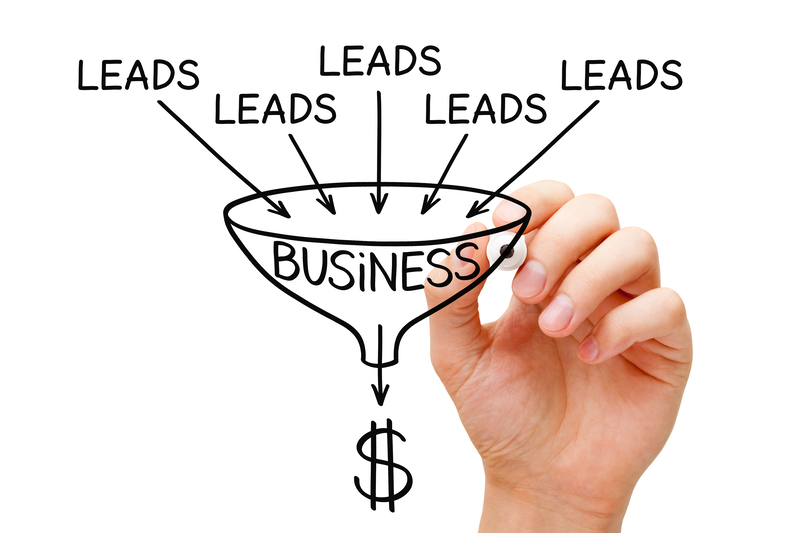Emojis aren’t just for friends; they’re also dynamite at capturing your customers’ attention, increasing user engagement and even helping to close sales. The funny thing is that most businesses think emojis are best left to 16-year old girls: “We want to maintain a professional appearance to our customers which is why we will never use emojis in any of our communications,” said the out-of-touch company executive to the marketing team struggling to increase lackluster sales.

In the last 100 years of advertising, there has NEVER been a time when the personal touch didn’t increase the value of business to consumer communication. It doesn’t matter if it’s an email, a social media post, an article or a sales letter. Giving all of your communications a personal touch with emojis just makes good marketing sense.
What are emojis? 👀
Emojis are small icons and images using Unicode Standard. They’re used in all forms of digital communication. Emojis can be yellow smileys or represent common objects such as food, animals, sports, transportation and more.
In marketing, the vast majority of the emojis you use will be emoticons – emojis that represent emotions with facial representations. 😍 And it’s emoticons we’ll be referring to in the rest of this article, even though we’ll still use the term emoji.
Why do emojis enhance your marketing message?
There are many reasons emojis improve marketing, and here are a few:
They capture attention. You receive a hundred new emails. 99 use 100% text in the subject line while one uses a smiley face or a heart. All else being equal, which one do you notice first?
They convey meaning. A text message that ends with a period gives a slightly different feeling than one ending with an exclamation point. Let’s see what happens if we use an emoji, too.
“I’m excited about this.”
vs
“I’m excited about this!”
vs
“I’m excited about this!😁”
The sentiment is the same but the conveyed feelings vary between the 3.
Visual is faster than text. Your brain processes visuals 60,000 times faster than text. And since emojis are images, the brain can process emojis in a flash.
More likes, more shares, more comments. Based on multiple studies, emojis in Facebook posts lead to 57% more likes, 33% more shares and 33% more comments compared to Facebook posts with no emojis. Do you use emojis in your Facebook ads? If not, you might want to start.
Your brain sees emojis as an actual face. A study from the School of Psychology in Flinders University, Australia shows the brain behaving the same way regardless of whether it’s seeing a human face or an emoji. That’s why emoji user engagement is higher than plain text user engagement.
Human faces – and now emojis – increase engagement. For decades we’ve known that people will look at human faces longer than at almost any other image in an advertisement. And now that we know the brain sees emojis the same way it sees faces, it’s pretty obvious we need to use them in all of our written communications.
Emojis make your customers happy. 😊 Not only do your customers feel happier when they use emojis, they also feel happier and like the sender more when they receive emojis, too. And happy customers are almost always more likely to convert, whether it’s to join your mailing list, forward your message or buy your product.
Humanizes your business. Emojis can be the perfect way to convey the fact there is a real live person sending the message, rather than some faceless company.
Better connections. According to the Emoji Trend Report, emojis help users better communicate their thoughts and feelings and connect to people.
How to Find Your Emojis
Because you can’t create most emojis using your text keyboard, you need to download or open a separate one.
Here’s how:
iPhone and iPads
iPhones and iPads have the emoji keyboard built into the operating system. To add the keyboard…
• Open Settings
• Tap General > Keyboard > Keyboards
• Tap Add New Keyboard > Emoji
To access the keyboard, open your Messages or Mail. Tap the 🌐 next to the microphone, which should change your keyboard. If you have any other keyboards added, you might have to tap the icon a couple times.
Android
Newer Android phones have emojis built into the keyboard. But older models require you to download a third-party app like Kika, SwiftKey, or Textra.
From there, apply the new emojis to your keyboard like this:
Settings > Language and Input > Virtual Keyboard > Manage Keyboards
Now select the keyboard you’d like to download.
Mac
On both Mac and Windows you can Google an emoji and then copy and paste it into your message. But there is an easier way to do it:
When you’re typing on your Mac and want to insert an emoji, simply tap Control + Command + Spacebar to pop open the emoji keyboard. 😉
Tap the emoji you want to use or drag and drop if it doesn’t insert automatically.
You can also turn on the emoji keyboard on your Mac by tapping the Apple icon in the top left corner. Then, open System Preferences > Keyboard and click Show Keyboard and Emoji Viewers in Menu Bar.
This places a shortcut in the menu bar, and with one tap you can access all emojis and symbols.
Windows
Again, you can copy and paste if you’re so inclined. You can also use the keyboard shortcut for Windows which is…
Windows Key + Period or Windows Key + Semicolon 😎
This shortcut brings up the built-in keyboard from which you can tap the emoji you want to use.
Most Popular Emojis and When to Use
Laughing Emoji 😂 is the most commonly used emoji on Twitter, and also the most popular according to Apple’s data. Use this in conjunction with humor, such as when you regale your readers on the stupid thing you did last night.
Red Heart Emoji ❤️ and Heart Eyes Emoji 😍 can be used when you are referring to something or someone you love as well as how much you appreciate your customers. A little trickier but worth trying: Use it to indicate just how much your prospect will love your product.
Embarrassed/Flushed Face Emoji 😊 can demonstrate your humility and gratitude when receiving praise or an award.
Side Eye Emoji 😏 is good to use if you want to show the playful side of your brand or if you’re making a joke and you want to indicate that you’re kidding.
Eyes Emoji 👀 can be used to draw attention to a link or image.
Thinking Emoji 🤔 shows you are deep in thought, such as when you’re not sure about a controversial issue, or when you’re explaining the thinking process you went through to arrive at your conclusion.
Sweat Emoji 😅 is used to express a close call. “Whew! That could have been bad!”
Hand Up Emoji 🙋 is great for getting social media participation. For example, you could post, “Who thinks smooth peanut butter is better than crunchy? Give me a “🙋” if you agree!”
Tips for Using Emojis in Business
• Let your customers use emojis to give you quick feedback. The preferred choice of customers to let a brand know they’re doing a good job is the thumbs up, 👍 followed by a star ✨ or a smiley face. 🤩
• Avoid anything cryptic or ambiguous. If the emoji doesn’t clearly communicate your intended message, don’t use it. 🍕 (Pizza, anyone? You see what I mean.)
• Emojis are for complimenting your message, not replacing it.
• Since women 👩 tend to use emojis more than men 🧔, consider your target market when deciding how often to use emojis.
• Don’t think that only young people use emojis because they are popular at all ages, although the meaning of certain emojis can be slightly different for a 20-year old and a 60-year old.
• Use emotional emojis to break down barriers and humanize your brand.
• Consider creating your own emojis for your brand. For example, they might look like other emojis except they are wearing something like a hat or bowtie that identifies them with your business.
• If you are communicating with an individual in business and you are unsure, use social mimicry for clues. If they are using an informal tone or if they use an emoji themselves, then it’s fine to send your own emojis.
• Use only common emojis that are easy to understand or already universal. The idea is to improve your communications, not bewilder your audience.
Know that a small segment of your audience will be totally clueless about emojis and another small segment will take emoji use to an artform. For example, Cosmo published a 2,200 word article on the importance of choosing the just right color and style of heart emojis for the right occasions.
It’s all the people in between those two extremes that you are targeting with your emojis, so don’t sweat it if you don’t always get your emoji usage exactly right – almost no one does.
Emoji Pop Quiz:
One: What year were emojis invented? Bonus points if you can name the country that originated them.
Two: What year were emojis incorporated into and standardized by Unicode, which allowed them to be used outside of Japan?
Three: How many emojis are on the Unicode Standard list? (Hint: It’s probably a LOT more than you think.)
Four: What were the 3 most popular new emojis in 2020? If you can name just ONE of them, we’ll consider you an advanced emoji user.
Five: Which emojis, according to user votes, best represented the year 2020?
Answers:
One: 1999 by a coder employed by NTT DoCoMo, a Japanese mobile service provider.
Two: 2010. Yup, believe it or not, emojis have only been worldwide for over a decade.
Three: +3,300. Seriously.
Four:
• First place: The White Heart.
• Second place: The Yawning Face.
• Third Place: The brown Heart.
Winners were determined by which were most used on Twitter.
Five: The winner was the Raised Fist with Dark Skin Tone ✊🏾
And the runner up was the Microbe 🦠
Frankly, I thought it would either be the ‘Screaming-in-Terror’ emoji (if there is one) or the ‘Pile of Poo’ emoji. 😉












